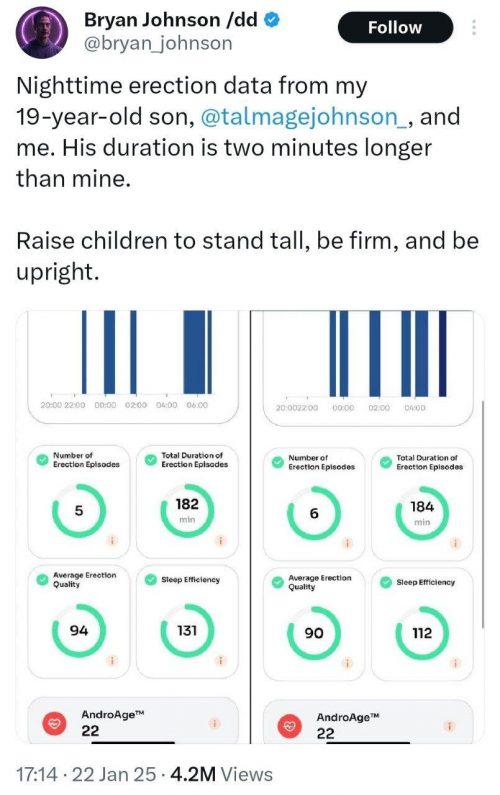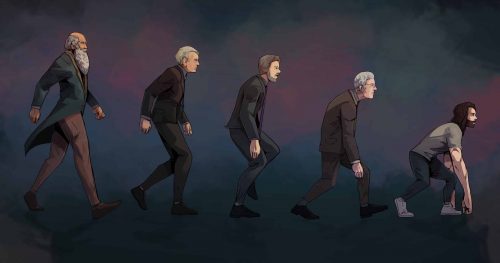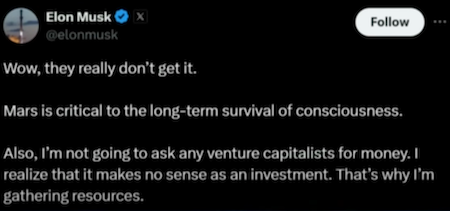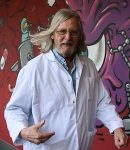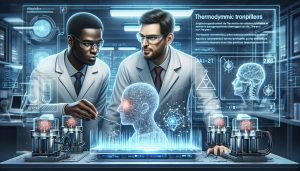Jesus. Look at the cover of Time magazine.
They’re not even close. Look! They’ve resurrected unicorns!
It’s ridiculous. They made a few genetic tweaks to a grey wolf, almost entirely cosmetic, to make puppies that kind of look like how they imagine a dire wolf would look like, and now the hype industry has gone insane. And now the Interior Secretary, Doug Burgum, is using this as an excuse to not worry about protecting species, because we can just call up Colossal to resurrect them.
Many scientists expressed skepticism that the pups could be classified as part of a canine species that went extinct over 10,000 years ago. But Interior Secretary Doug Burgum said the achievement demonstrates that it is not government regulations but innovation that will save species.
“It’s time to fundamentally change how we think about species conservation,” Burgum wrote in a post on X. “Going forward, we must celebrate removals from the endangered list — not additions.”
He has already met with the company about using its animals in federal conservation efforts, as well as for potential species restoration.
“If we’re going to be in anguish about losing a species, now we have an opportunity to bring them back,” he told Interior Department employees during a live-streamed town hall Wednesday. “Pick your favorite species and call up Colossal.”
No one has ever celebrated additions to the endangered list, you ignorant buffoon. Colossal has never brought an extinct species back from the dead. And even if they could, if you’ve strip-mined the land and cut down the forests and polluted the streams, you’re not going to restore a species with a few artificially cultivated individuals. It makes me sick that this man who is supposed to be in charge of conserving our natural resources now imagines that he has carte blanche to take a chainsaw to every small animal because Colossal will bring them back.
Burgum posted these claims on Twitter, where he could expect to get agreeable comments from the usual fawning twits. For example:

@PhilStegem34522 Apr 7
Please look into the plight of PNW salmon and steelhead runs. The Marine Mammal Protection Act is a big part of the problem!!!
You clown. Do you think if we overfish salmon into extinction, followed by the death of orcas and sea lions, that we can then “fix” the problem by having Colossal restore them fish by fish, and mammal by mammal?
No, MrsKinder, you’re an outrageously stupid cultist, and wind farms aren’t causing extinctions. Stop trusting the crap pouring out of Trump’s mouth.
Elon Musk has requested the ‘de-extinction’ company Colossal Biosciences to resurrect another animal after a successful dire wolf cloning feat.
Billionaire Elon Musk may be on the outs with President Donald Trump now but he’s still very much active on social media. With dire wolves seemingly back from dead now that the “de-extinction company” Colossal Biosciences has genetically engineered three wolves that resemble the extinct real-life predators, the Tesla boss has shared his new pet wish
…
In a follow-up post, Elon Musk finally put forth his wish. He requested Colossal to “Please make a miniature pet wooly mammoth.” Notably, Ben Lamm and George Church’s Texas-based biotech company’s founding agenda was to bring back the woolly mammoth and “rapidly advance the field of species de-extinction.” Although the woolly mammoth’s cloned resurrection has yet to make it to the de-extinction success map, the company revealed last month that they’d made significant progress on that front, having bred woolly mice.
Holy fuck. No, making an existing mouse genetic variant does not mean that you’ve made significant progress
. You have not. I thought that was a stupid exaggeration, but now they’ve topped it with a species de-extinction
claim.
But if you want to see genuine idiocy, look at Musk’s request for a miniature pet wooly mammoth
. If it’s miniature and a pet, it is not a wooly mammoth. It is a toy for rich people.
Who does he think he is, that creepy JF Sebastian dude from Bladerunner?
Yeah, Musk probably thought that guy was awesome.







